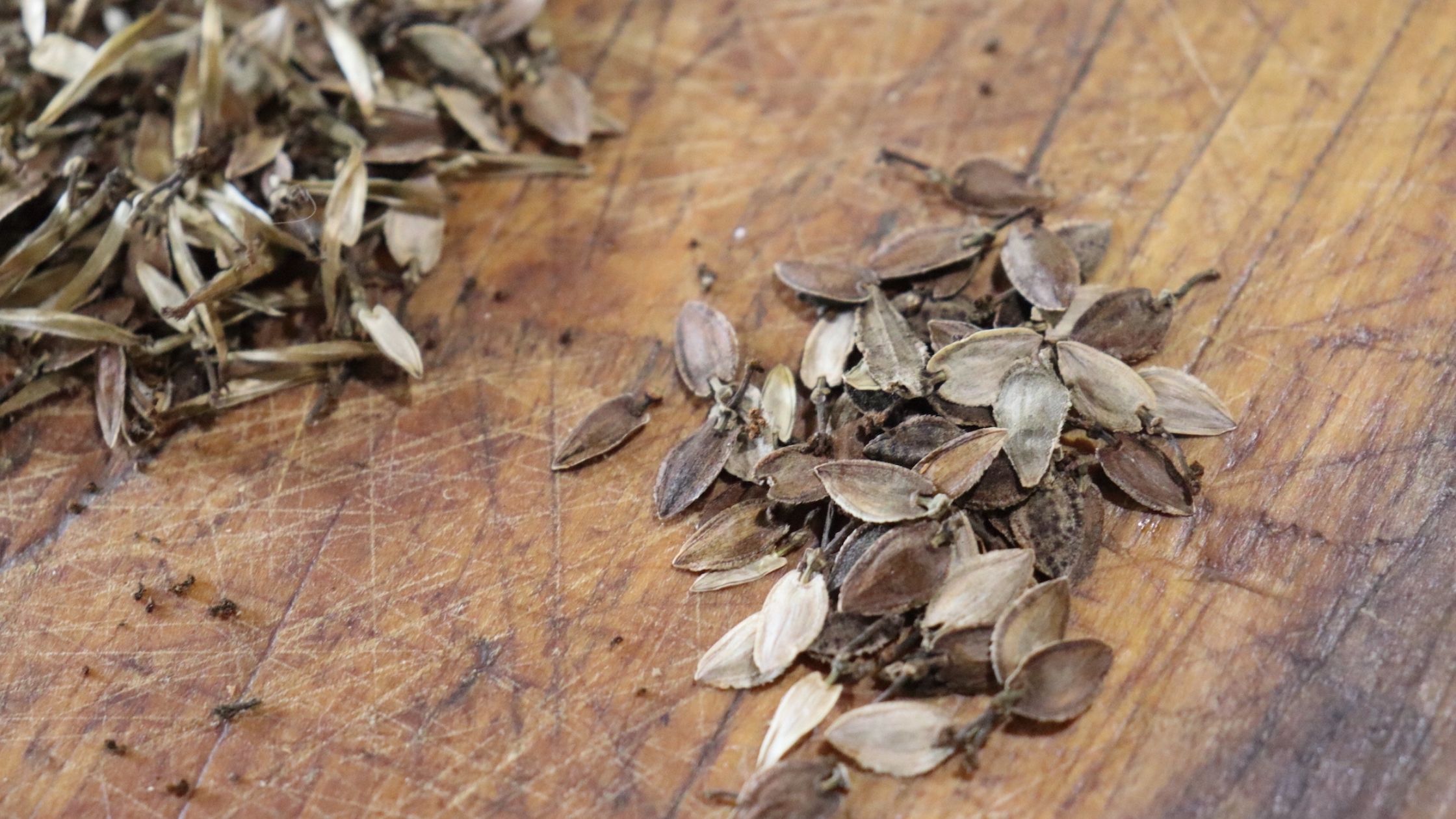Collards (Brassica oleracea var. acephala) are hardy members of the cabbage or Brassicaceae family. They’re more heat-tolerant than cabbage and are typically winter hardy from Virginia southward. They’re a biennial crop, meaning that they flower and produce seed in their second year, but don’t let that intimidate you. Saving collard seeds is a straightforward process.
Isolate Your Planting
Collards can cross with other brassicas, including cauliflower, kale, broccoli, Brussels sprouts, cabbage, kohlrabi, and other collard varieties. To maintain your collard variety, isolate your planting in the second year of growth. Isolate by 1/8 mile for home use. For pure seed of small plantings, isolate by 1/4 to 1/2 mile.
Note that you can still grow other crops right next to your collards for eating like cabbage and broccoli, just don’t let them flower at the same time.
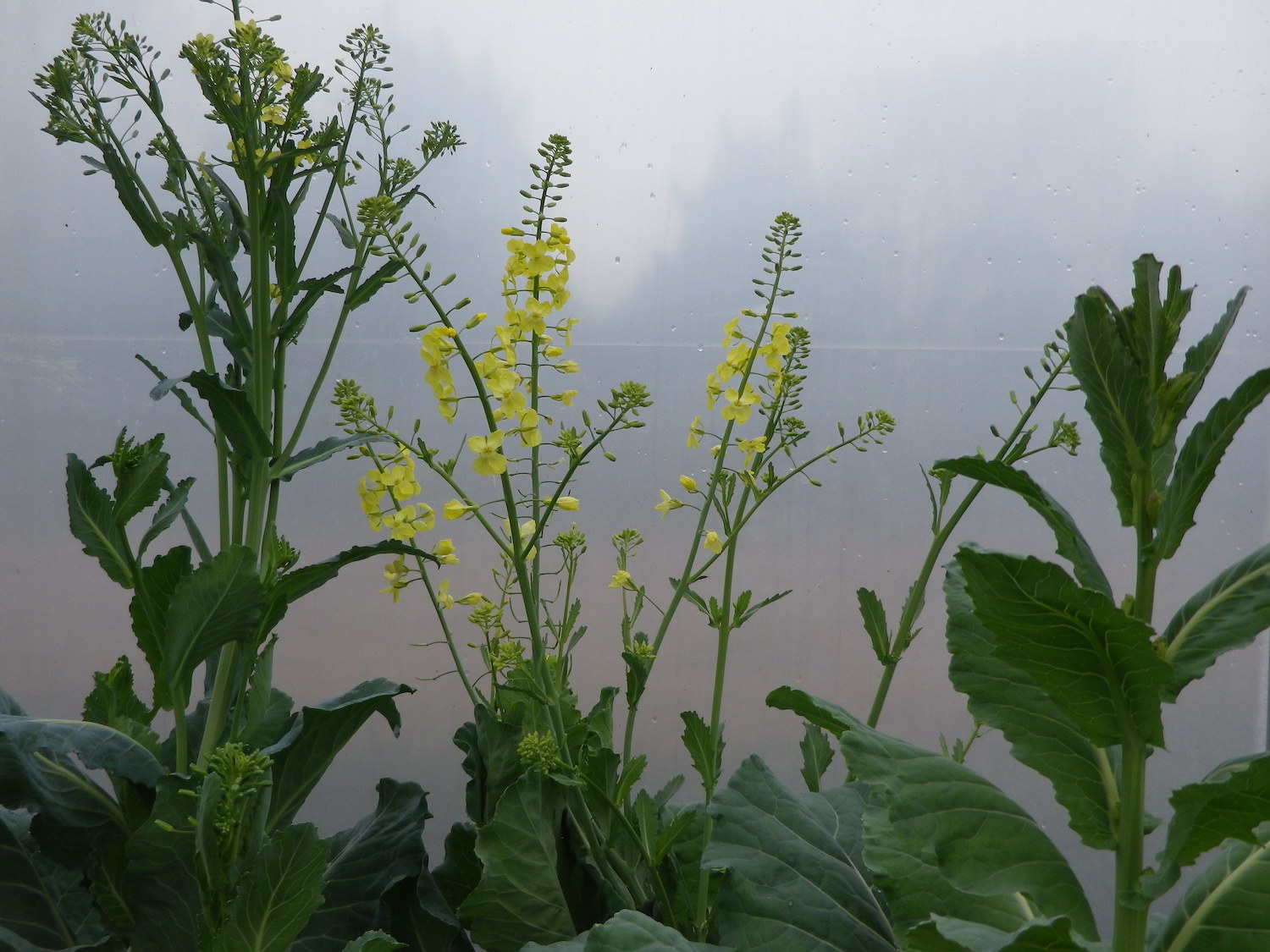
Maintain a Population Size
To maintain genetic diversity and produce quality seed, you’ll need to grow several plants. For viable seed for next season, save from at least five plants. To help maintain a variety over generations, grow 20 to 50 plants. If you’re working with preserving a rare variety, aim to save seeds from 80 plants or more each season.
Tend Your Collards Through the Winter
As biennials, collards need to grow through the winter to produce seed. How you overwinter your collards will depend on your climate.
Southern Gardens
Collards are winter hardy where temperatures remain above 20°F. Usually, we’ve found that growers in Virginia and further south can grow collards right through the winter with no trouble.
Growers in slightly colder or mountainous areas may also successfully overwinter collards with a bit of winter protection. Growing them in a hoop house or using row cover can help them survive the winter by providing protection from damaging frosts and a few degrees of buffer.
Northern Gardens
In colder climates, barring a heated greenhouse, you will need to vernalize your collard plants in storage. To do this, you dig the entire plant from the garden in fall, getting as many roots as you can. Then, you trim all the leaves off but leave the growing tip intact. Take your newly trimmed plants and replant them in containers filled with moist sand or potting soil.
Your collard plants don’t need light over the winter, but they need cool, moist conditions. Placing the potted collards into a root cellar was the traditional choice, but an unheated garage, basement, or storage shed may also work depending on your structure and climate. Ideally, collard plants should be kept between 34° and 39°F and between 80% and 95% relative humidity.
In the spring, replant your collards as soon as the soil can be worked. At maturity, collards are large plants. Replant your collards so that they are 18 to 24 inches apart and in rows 36 inches apart.
Spring Care
As collards get ready to flower and produce seed, they become large, top-heavy plants. For best results, we recommend staking plants so they don’t flop over. Collards typically thrive in the spring, but if you don’t get a lot of rain, collards benefit from consistent watering. Mulch can be helpful for weed suppression and moisture preservation.
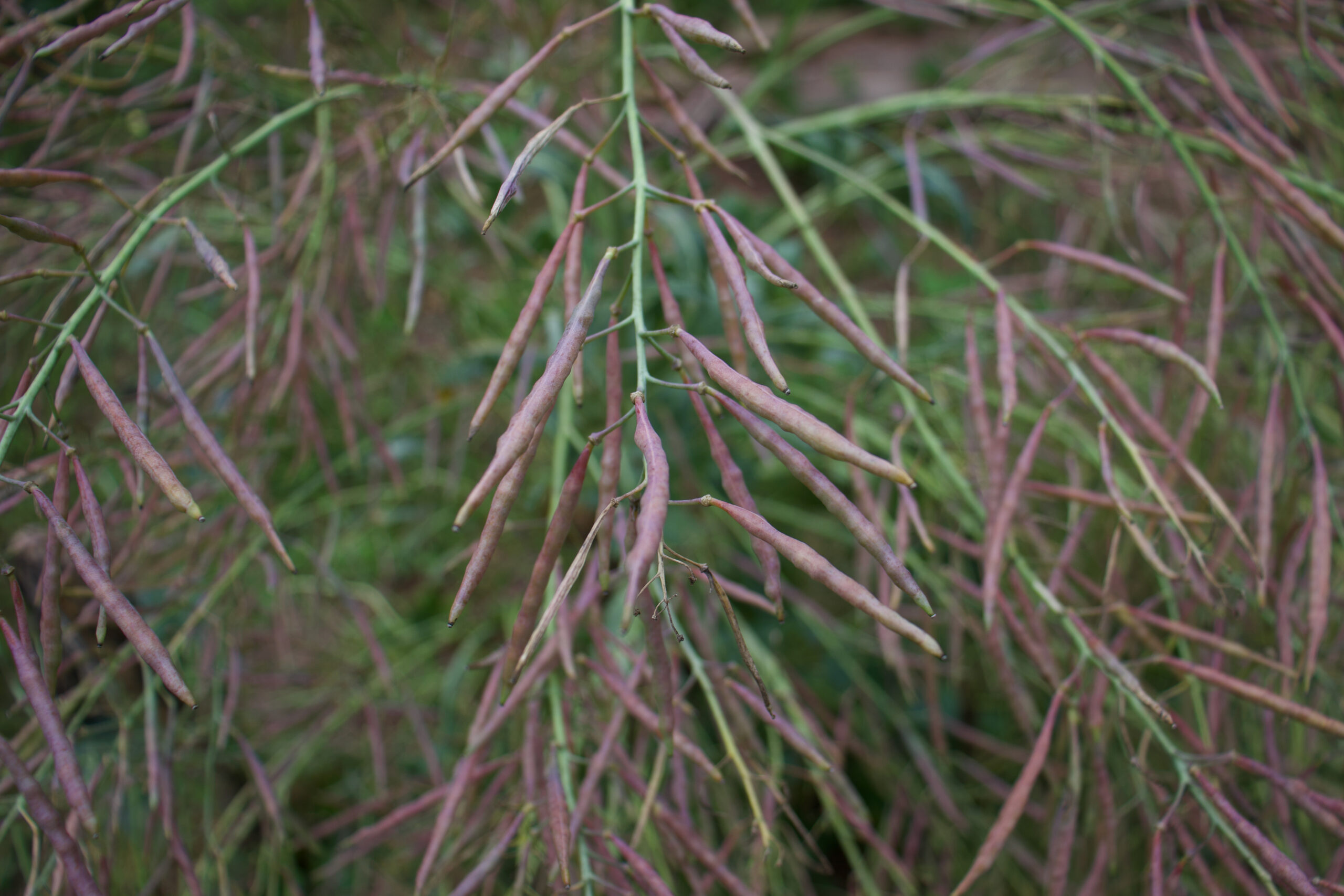
Harvest Seeds
After flowering, you will notice your collards producing slender green seed pods. The young green seed pods are edible, but aren’t ready for seed saving just yet. They will be ready to harvest when the pods are brown and brittle.
On a dry day once the pods are brown, cut the whole seed top portion of the plants. The pods are delicate at this stage, and it’s easy to spill seeds. Use a drop cloth, tarp, or tote to cut your seed tops over to catch all the seeds.
Cleaning Collard Seeds
As the pods shatter easily, cleaning the seeds is easy. Using your hands or feet, crush or rub the seed tops in a tote or large container. If they’re mature and dry, they break open easily and release the seeds to the bottom of the container.
Most of the plant material is easy to remove from the surface; it’s light and stays together in large pieces. The small, heavy seeds will drop to the bottom of the container. Remove as much plant material as possible. If desired, you can screen your seeds to remove any additional material.
Storing Collard Seeds
Place your dry seeds into an airtight container. If you see any signs of condensation in the next few days, remove them and lay them flat on a tea towel or similar to finish drying. Store your airtight container of seeds somewhere cool and dark. Collard seeds should remain viable for about 6 years.
Learn how to complete a simple germination test here.

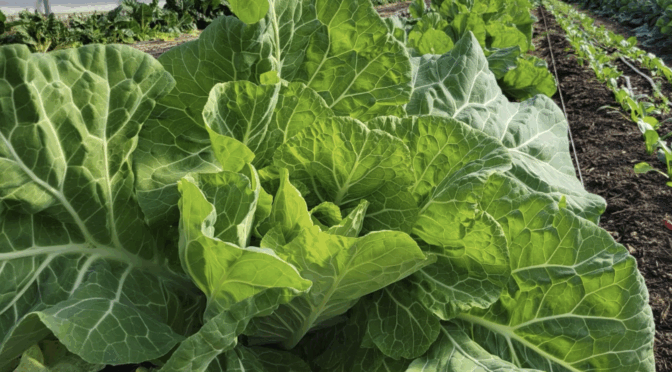
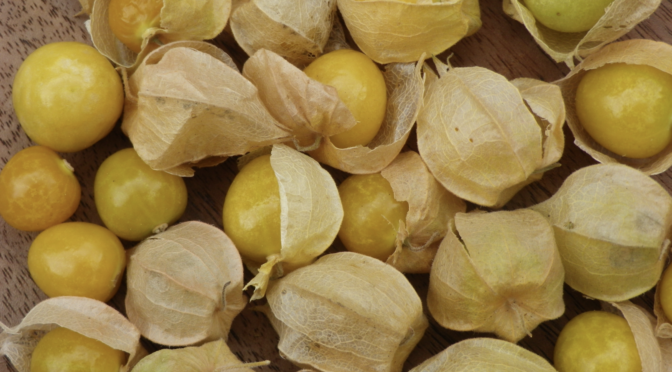
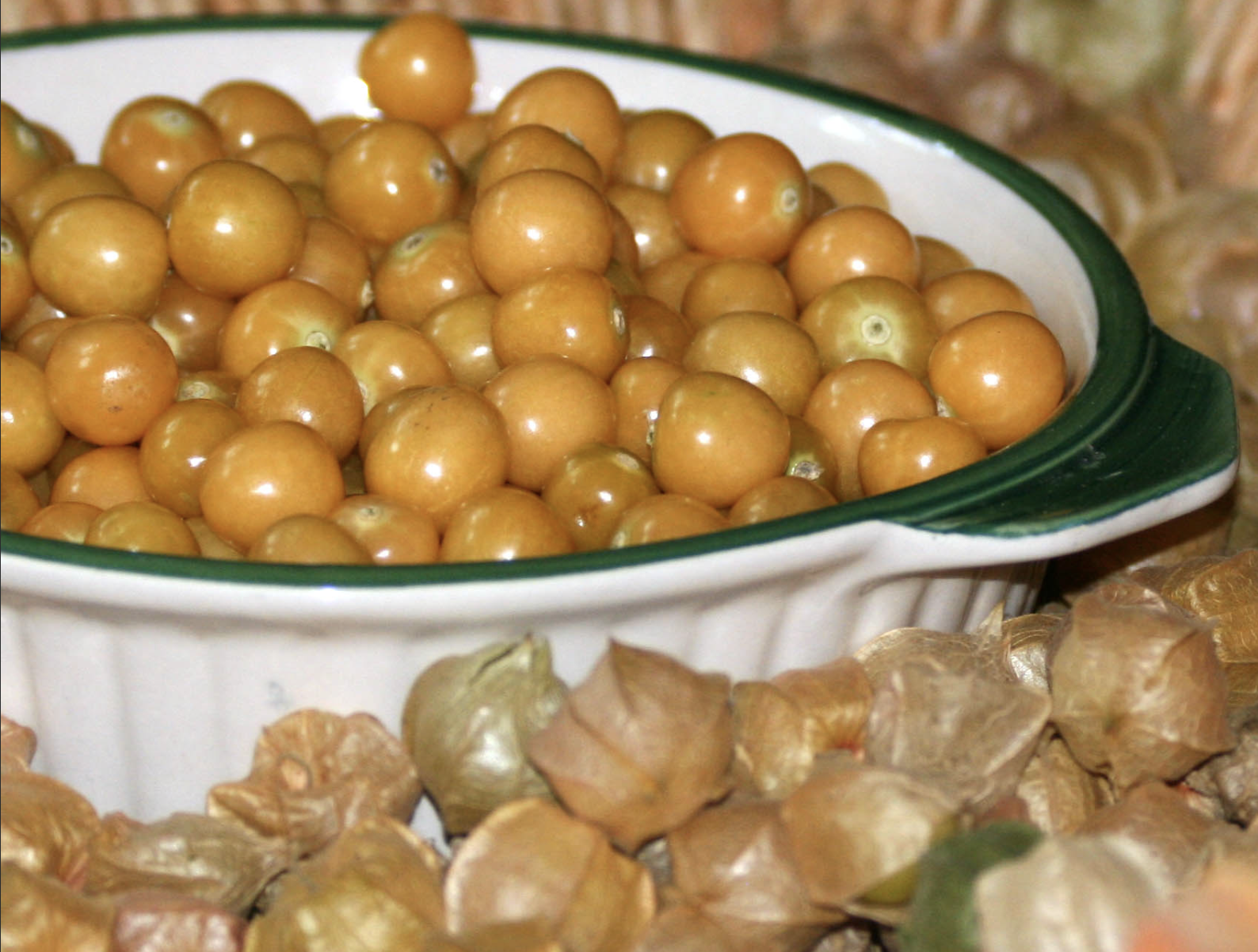
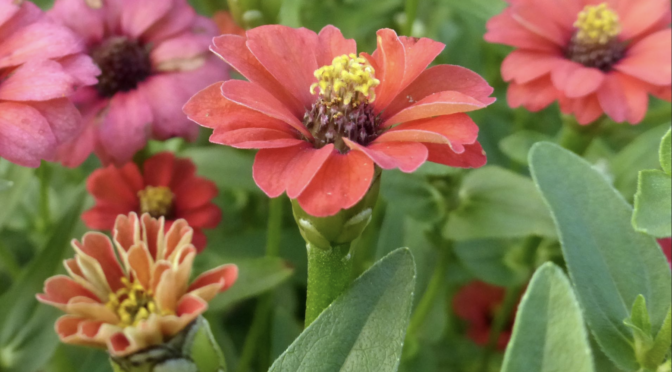
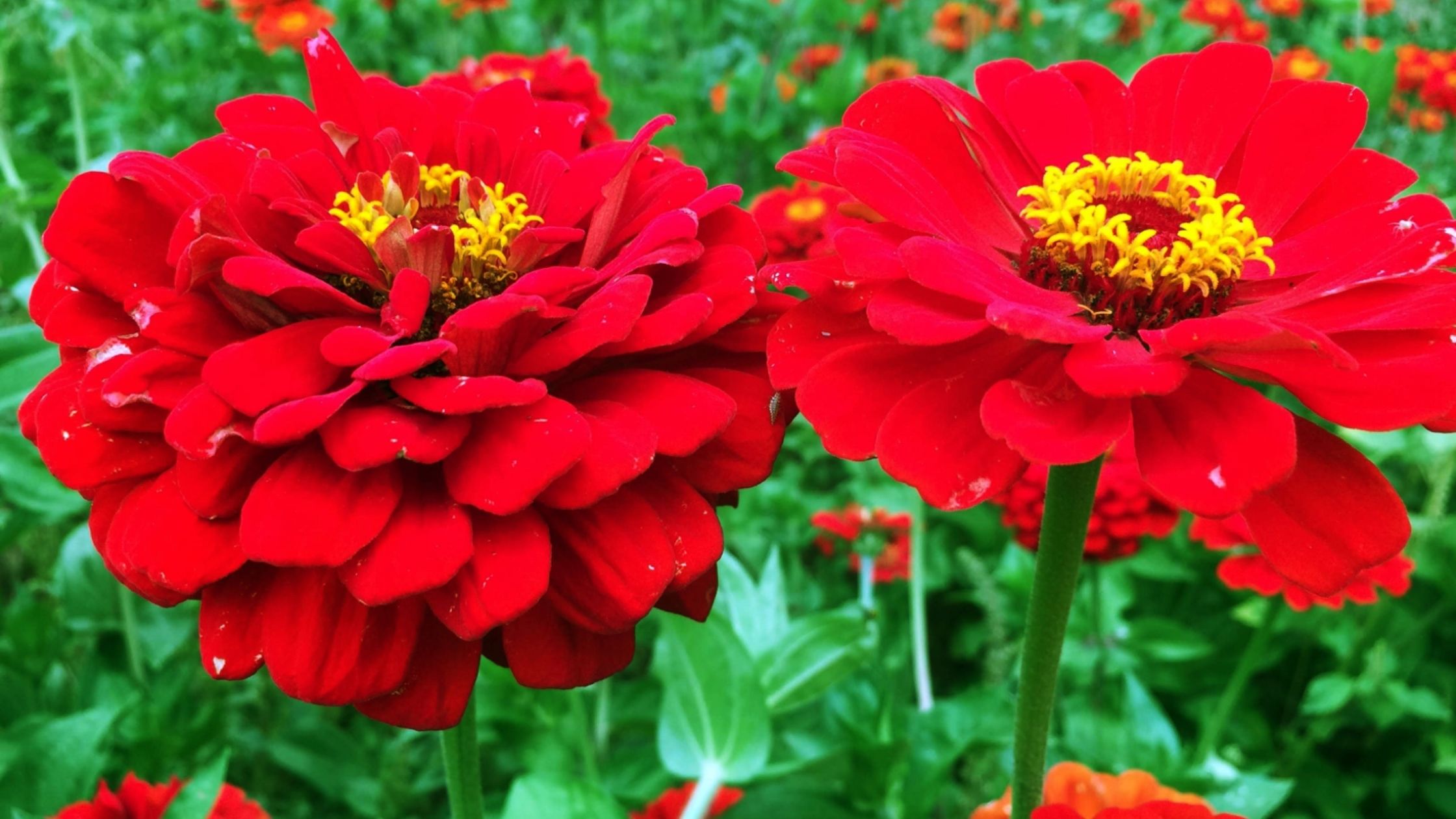 All of the zinnias we carry are open-pollinated.
All of the zinnias we carry are open-pollinated.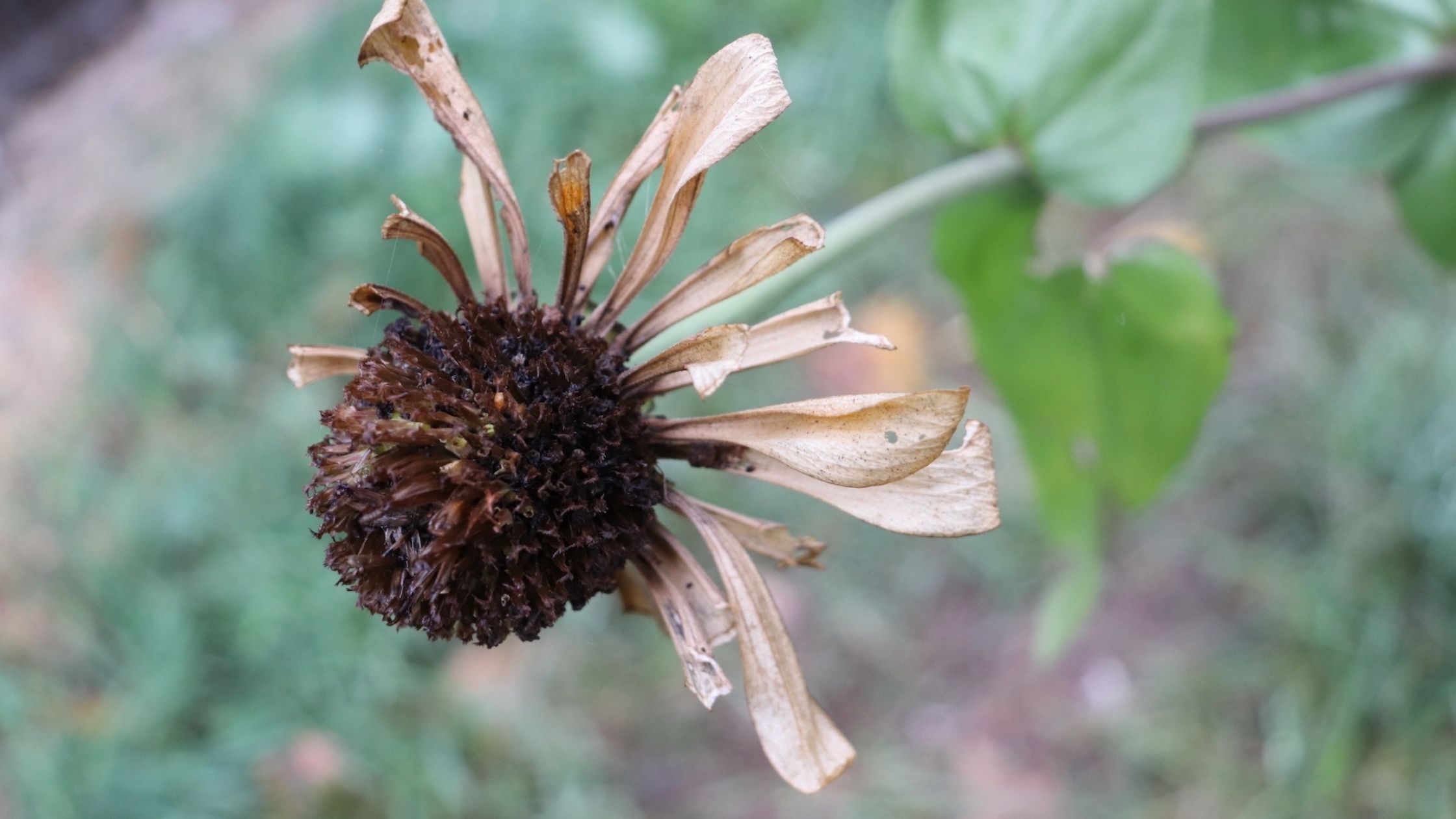 Allow The Flowerheads to Dry
Allow The Flowerheads to Dry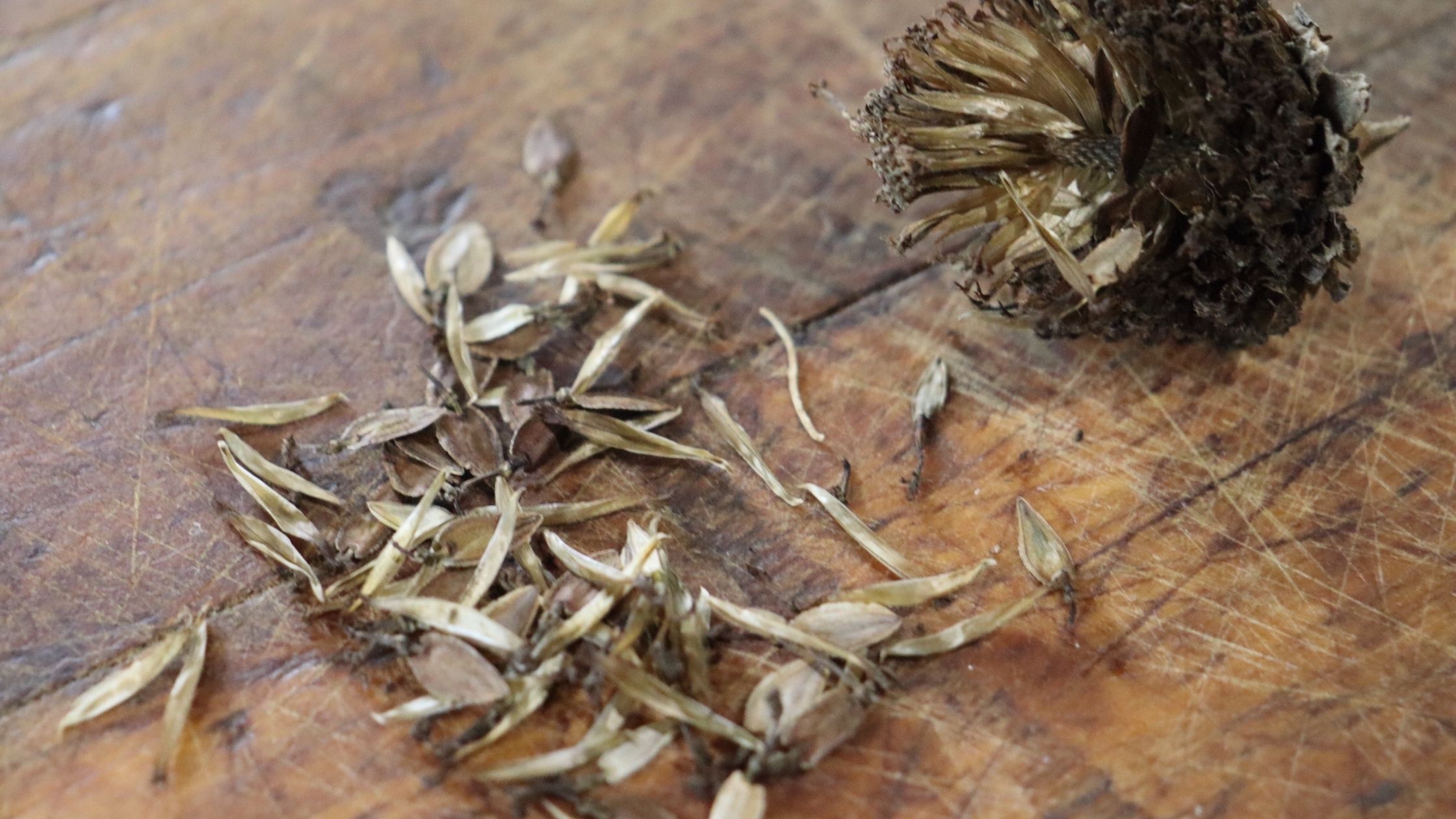 Process the Flowerheads
Process the Flowerheads